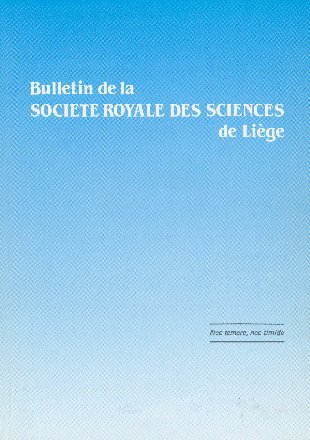- Accueil
- Volume 93 - Année 2024
- No 2 - Proceeedings of the 3rd BINA Workshop on th...
- Detection and Identification of Asteroids with the 4-m ILMT
Visualisation(s): 350 (13 ULiège)
Téléchargement(s): 12 (0 ULiège)
Detection and Identification of Asteroids with the 4-m ILMT

Document(s) associé(s)
Version PDF originaleAbstract
A very unique strength of the Devasthal Observatory is its capability of detecting optical transients with the 4-m International Liquid Mirror Telescope (ILMT) and to rapidly follow them up using the 1.3-m Devasthal Fast Optical Telescope (DFOT) and/or the 3.6-m Devasthal Optical Telescope (DOT), installed right next to it. In this context, we have inspected 20 fields observed during nine consecutive nights in October-November 2022 during the first commissioning phase of the ILMT. Each of these fields has an angular extent of 22′ in declination by 9×22′ in right ascension. Combining both a visual search for optical transients and an automatic search for these using an image subtraction technique (see Pranshu et al., 2024), we report a total of 232 significant transient candidates. After consulting the Minor Planet Center database of asteroids, we could identify among these 219 positions of known asteroids brighter than V = 22. These correspond to the confirmed positions of 78 distinct known asteroids. Analysis of the remaining CCD frames covering 19 more fields (out of 20) should lead to an impressive number of asteroids observed in only nine nights. The conclusion is that in order to detect and characterize new supernovae, micro-lensing events, highly variable stars, multiply imaged quasars, etc. among the ILMT optical transients, we shall first have to identify all known and new asteroids. Thanks to its large diameter and short focal length (f/D ≃ 2.4), the ILMT turns out to be an excellent asteroid hunter.






